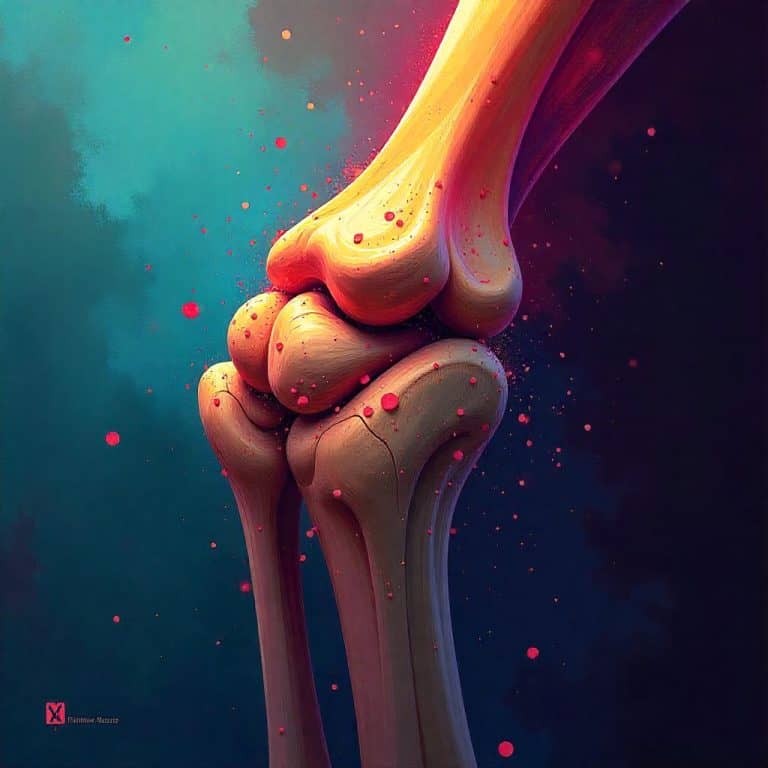Welcome to the exciting elbow bones quiz! In this quiz, you will test your knowledge on the different bones that make up the elbow joint. From the humerus to the ulna and the radius, you’ll learn all about the important roles these bones play in your daily activities.
Get ready to dive deep into the anatomy of the elbow and discover how these bones work together to help you bend, straighten, and rotate your arm. Whether you’re a student studying for a science test or just curious about how your body functions, this quiz is the perfect way to learn more about the amazing elbow bones. So, let’s get started and see how much you really know about this crucial part of your body!
Play Elbow Bones Quiz
Instructions
- This quiz is multiple choice.
- Read each question carefully before selecting an answer.
- Choose the best answer for each question.
- You will see the missed questions with correct answers at the end of the quiz.
Quick Facts
- Elbow bones are located in the joint that allows you to bend and straighten your arm.
- These bones help in the movement of your forearm and help you to lift objects.
- There are three main bones in the elbow: the humerus, radius, and ulna.
- The humerus is the long bone in your upper arm that connects to the elbow joint.
- The radius and ulna are the two bones in your forearm that connect to the elbow joint.
- Elbow bones are protected by a layer of cartilage, which helps to cushion the bones and prevent them from rubbing against each other.
- These are surrounded by ligaments, which help to hold the bones together and provide stability to the joint.
- When you bend your elbow, the bones move together in a hinge-like motion.
- They can be injured through activities like falling on an outstretched arm or repetitive overuse.
Downloads
Study Tips
- Create a study schedule and stick to it.
- Find a quiet and comfortable study environment.
- Remove distractions such as phones and social media.
- Take breaks every 25-30 minutes to avoid burnout.
- Use active studying techniques like summarizing, highlighting, and teaching concepts to someone else.
- Practice retrieval by testing yourself with flashcards or practice quizzes.
- Stay organized with notes, study guides, and resources.
- Stay hydrated and eat brain-boosting foods like fruits, nuts, and whole grains.
- Get enough sleep to improve memory retention and cognitive function.
- Reward yourself for reaching study goals to stay motivated.
